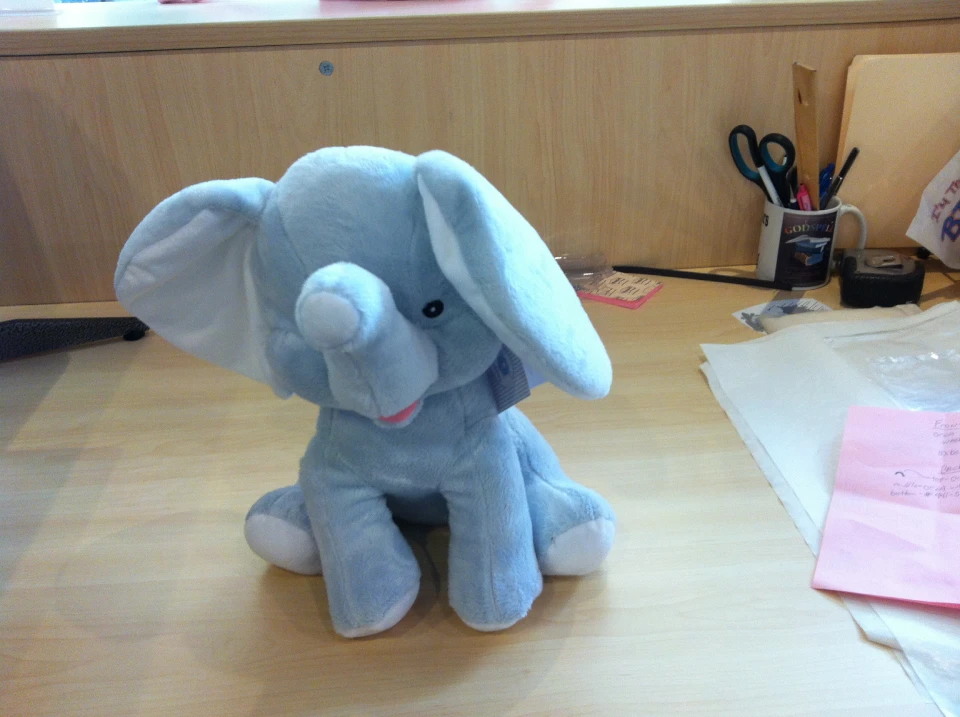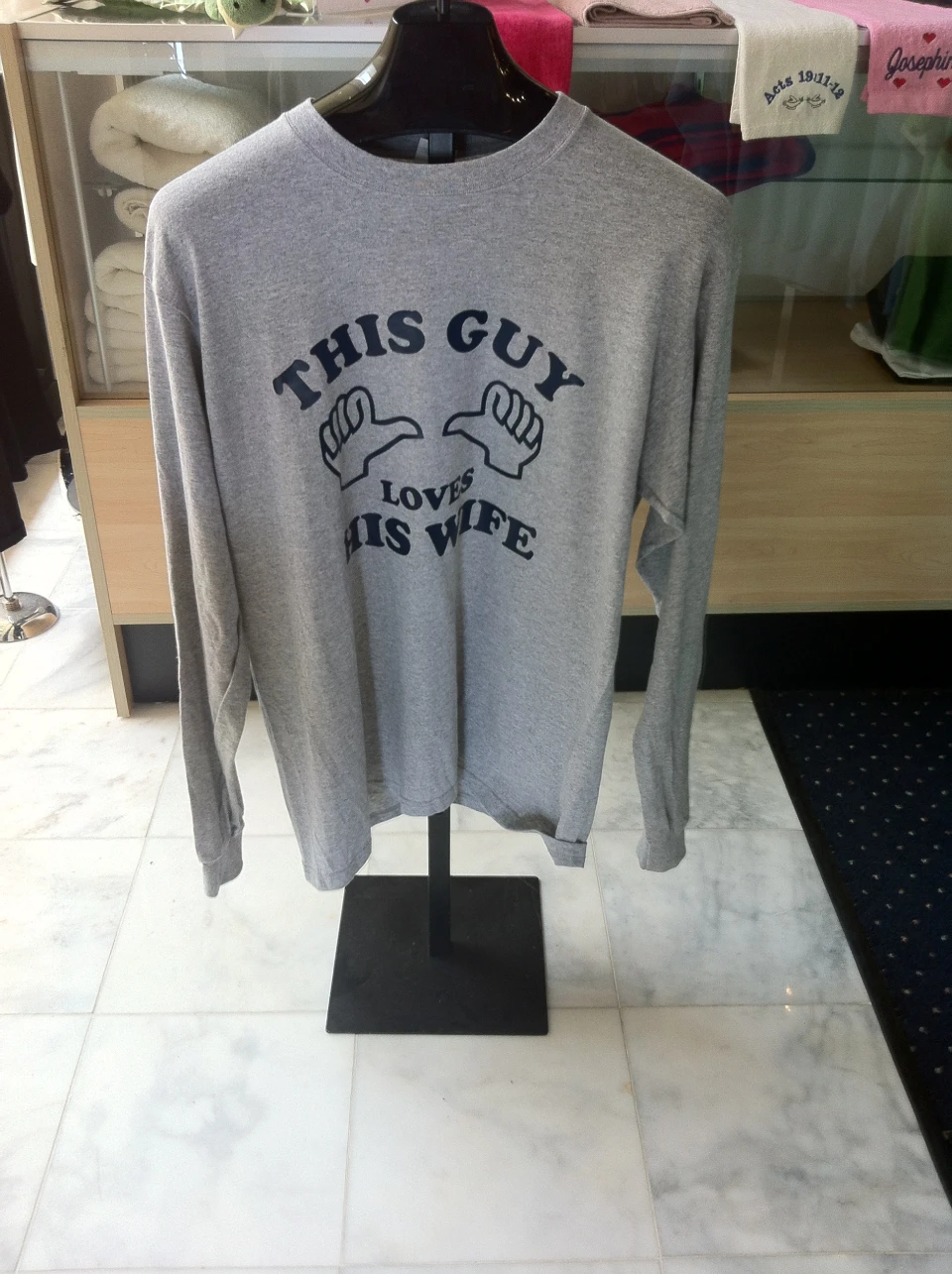The Art of Custom-made Needlework: Opening the Secrets to Creating Special and Memorable Layouts
Embroidery, a craft steeped in tradition and artistry, holds within its intricate stitches the power to transform textile into a canvas of special expression. The tricks to developing custom-made needlework layouts that astound the eye and leave a long lasting impact hinge on a fragile equilibrium of method, creativity, and attention to detail. As we look into the globe of custom-made embroidery, we uncover the nuanced interplay in between string choice, stitch intricacy, and style personalization that raises a mere garment to a masterpiece. Join us on a trip with the art of customized embroidery as we unravel the enigmas behind crafting genuinely extraordinary and distinctive creations.
Choosing the Right Embroidery Threads
When selecting embroidery strings, what key aspects should you think about to ensure the finest outcomes for your personalized layouts? The selection of needlework thread is important in figuring out the last result of your embroidered style.
Thicker threads can include dimension and appearance to your style, while finer strings are suitable for elaborate information and little message. Furthermore, thinking about the shade fastness and washability of the string is essential to make certain that your customized layouts preserve their top quality and vibrancy over time.
Checking Out Different Stitch Techniques
To dive into the world of 'Exploring Different Stitch Strategies', one should realize the complexities and subtleties that each stitching technique offers the art of embroidery. Various stitch techniques not only include aesthetic rate of interest yet also add to the total texture and dimension of the layout. One popular stitch method is the satin stitch, which includes very closely packed parallel stitches to produce a smooth and glossy surface area, ideal for filling up in forms and developing vibrant describes.
On the various other hand, the backstitch is a functional strategy often utilized for laying out and including fine details. It involves stitching backwards to produce a strong line of needlework. Additionally, the French knot stitch adds a responsive aspect to designs, excellent for producing distinctive accents like blossom centers or decorative touches.
Exploring various stitch methods allows embroiderers to play with light, shadow, and depth within their styles, raising the visual appeal and creative top quality of their needlework tasks. By understanding numerous sewing techniques, one can open limitless opportunities for producing special and unforgettable custom-made embroidery items.
Incorporating Personalized Design Elements
Having actually discovered the details of various stitch methods such as the satin stitch, backstitch, and French knot, the focus now changes in the direction of including personalized layout aspects in custom embroidery tasks. Individualized style elements play an important function in making embroidery tasks genuinely distinct and memorable. One means to integrate personalization is by adding initials, names, or substantial dates to the design. This not just adds a personalized touch yet likewise enhances the nostalgic value of the embroidery item.
One more means to integrate tailored design components is by including icons or motifs that hold special definition to the recipient or reflect their passions and personality. Integrating a favored blossom, animal, or hobby-related sign can make the needlework layout much more significant and tailored. indochino fit promise Additionally, selecting shades that resonate with the recipient or align with the designated style can better enhance the personalization of the embroidery job.
Understanding the Art of Shade Coordination

One key element of shade control is understanding shade concept. This includes understanding just how different colors engage with each various other, the emotions they communicate, and just how they can be combined to produce aesthetically appealing layouts. By applying color theory concepts, embroiderers can develop harmonious color combinations that improve the total look of the design.
Furthermore, taking note of comparison is important in color sychronisation. Making use of contrasting shades can help certain aspects of the style pop, enhance readability, and develop an aesthetically vibrant embroidery piece. By mastering the art of shade control, embroiderers can elevate their designs and produce unforgettable items that reverberate with customers and viewers alike.
Enhancing Texture With Advanced Embroidery Stitches

French knots, for instance, are excellent for adding little, increased dots to your layout, resembling the appearance of beads or creating a textured surface. Bullion knots, on the various other hand, can be utilized to develop twisted, ropelike elements that include a lavish feel to levi's tailor shop the needlework. Seed stitching involves tiny, scattered stitches that can fill up in areas with a multicolor structure, while turkey work creates fluffy, dimensional accents reminiscent of pet hair or vegetation. Explore these innovative like it needlework stitches enables you to push the borders of typical needlework and develop absolutely one-of-a-kind and aesthetically attractive textures in your designs.
Conclusion
Finally, the art of custom-made embroidery involves a mix of selecting the right strings, exploring numerous stitch methods, incorporating personalized style elements, understanding color control, and improving texture with advanced stitches. By recognizing and carrying out these crucial elements, embroiderers can create one-of-a-kind and unforgettable layouts that showcase their creative thinking and skill. Needlework enthusiasts can open the secrets to producing attractive and bespoke items that stand apart and leave a long-term impression.